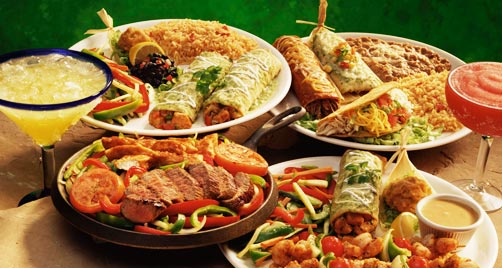Introduction: Uruguayan cuisine
Uruguayan cuisine is a blend of European, African, and Indigenous influences, which gives it a unique flavor. The country’s location between Brazil and Argentina also plays a significant role in its cuisine. Uruguayan dishes are known for their hearty flavors and generous portions, making them ideal for meat lovers.
Spices commonly used
Uruguayans prefer to use herbs such as parsley, oregano, and bay leaves to add flavor to their dishes. Spices such as paprika, cumin, and chili powder are also commonly used, but in moderation. The cuisine is not known to be excessively spicy, but the spices used add depth and richness to the dishes.
Heat level of traditional dishes
Uruguayan traditional dishes are not typically spicy, but some have a mild heat level. For example, the chimichurri sauce used to accompany grilled meats has a slight kick to it due to the use of red pepper flakes. The local stew, mondongo, also has a mild spice to it, thanks to the paprika and cumin used in its preparation.
Regional variations in spiciness
Uruguayan cuisine varies from region to region, and this also affects the level of spiciness. The coastal areas tend to use more seafood in their dishes and have a milder flavor profile. In contrast, inland regions use more meat in their cuisine and have a heartier flavor profile. The spiciness level also varies between urban and rural areas, with urban cuisine being less spicy.
Influence of neighboring countries
Uruguay’s location between Brazil and Argentina means that their cuisine is heavily influenced by their neighbors. Brazil is known for its spicy dishes, while Argentina is known for its meat-centric cuisine. Uruguay has taken a bit of both, but the spiciness level is still relatively low compared to Brazil’s cuisine.
Conclusion: the overall spiciness of Uruguayan cuisine.
In conclusion, Uruguayan cuisine is not typically spicy. The country’s preference for herbs over spices and its location between Brazil and Argentina has resulted in a cuisine that is flavorful but not excessively spicy. However, there are regional variations in spiciness, with coastal cuisine being milder than inland cuisine. Overall, Uruguayan cuisine is a delicious blend of flavors that is sure to tantalize your taste buds.

